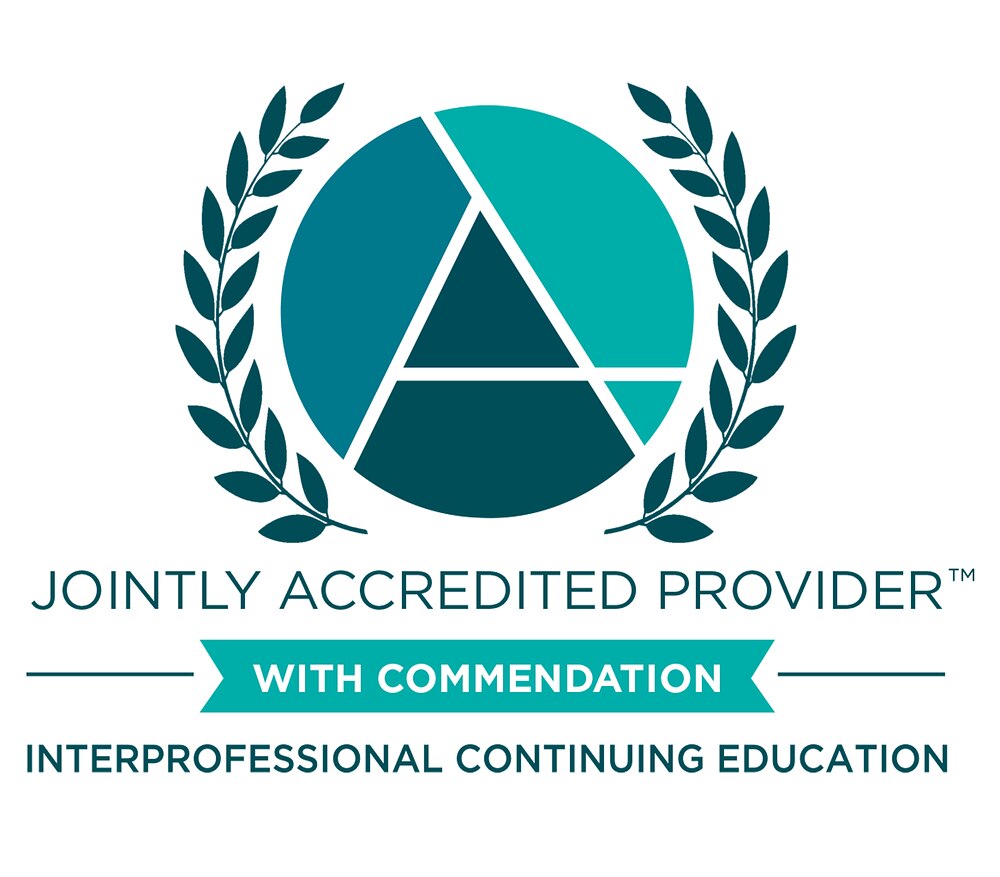This discussion embraces the theme of preparing students for collaboration. It will present a rationale for focusing on work injury prevention through interprofessional education between sonography and occupational therapy (OT). This talk will explain the activity the students completed, then focus on ways to modify the activity for use in different environments, collaborative groups, and populations through dialog with the learners. This student activity could impact all four components of the Quadruple Aim (Sikka et al., 2015). Sonography has high work-related overuse injury rates (Simonsen et al., 2018). The Rapid Entire Body Assessment (REBA) used by occupational therapists measures potential risk and can increase ergonomic health literacy for this population. Decreases in work-related injuries contribute to reducing overall healthcare costs. Increasing understanding of sonography and occupational therapy allows both professions to support their patients through education and insight. Lastly, it provides a strategy for sonographers to improve work satisfaction and provide occupational therapists with increased self-efficacy in an underutilized skill. OT and sonography students can advocate for onsite ergonomic assessments and environmental modifications.
Students trialed the activity in the fall semester of 2022. In spring 2023, a second cohort participated. Professors collected data via an anonymous survey asking students to rate themselves from 0-100% for three questions: knowledge of the professions before the activity, knowledge of the professions after the activity, and likelihood they will use what they learned in practice. Forty-nine OT and 18 Sonography students participated in the lab. Nine sonography and 42 OT students completed the survey. The average for all 51 students for question three, "likelihood they would use what they learned," was 81.76%. Using a paired t-test to compare the change in knowledge for sonography students about OT indicated that there is a significantly large difference between before (M = 42, SD = 20.3) and after (M = 70.9, SD = 17.1), t(7) = 4.8, p = .002 and the for the OT students' knowledge about sonography indicated that there is a significantly large difference between before (M = 38.3, SD = 24.1) and after (M = 60.3, SD = 23.3), t(39) = 8.6, p < .001.
In support of improving patient care, this activity is planned and implemented by The National Center for Interprofessional Practice and Education Office of Interprofessional Continuing Professional Development (National Center OICPD). The National Center OICPD is accredited by the Accreditation Council for Continuing Medical Education (ACCME), the Accreditation Council for Pharmacy Education (ACPE), and the American Nurses Credentialing Center (ANCC) to provide continuing education for the healthcare team.
As a Jointly Accredited Provider, the National Center is approved to offer social work continuing education by the Association of Social Work Boards (ASWB) Approved Continuing Education (ACE) program. Organizations, not individual courses, are approved under this program. State and provincial regulatory boards have the final authority to determine whether an individual course may be accepted for continuing education credit. The National Center maintains responsibility for this course. Social workers completing this course receive continuing education credits.
The National Center OICPD (JA#: 4008105) is approved by the Board of Certification, Inc. to provide continuing education to Athletic Trainers (ATs).
This activity was planned by and for the healthcare team, and learners will receive Interprofessional Continuing Education (IPCE) credit for learning and change.


Physicians: The National Center for Interprofessional Practice and Education designates this live activity for AMA PRA Category 1 Credits™. Physicians should only claim credit commensurate with their participation.
Physician Assistants: The American Academy of Physician Assistants (AAPA) accepts credit from organizations accredited by the ACCME.
Nurses: Participants will be awarded contact hours of credit for attendance at this workshop.
Nurse Practitioners: The American Academy of Nurse Practitioners Certification Program (AANPCP) accepts credit from organizations accredited by the ACCME and ANCC.
Pharmacists and Pharmacy Technicians: This activity is approved for contact hours.
Athletic Trainers: This program is eligible for Category A hours/CEUs. ATs should claim only those hours actually spent in the educational program.
Social Workers: As a Jointly Accredited Organization, the National Center is approved to offer social work continuing education by the Association of Social Work Boards (ASWB) Approved Continuing Education (ACE) program. Organizations, not individual courses, are approved under this program. State and provincial regulatory boards have the final authority to determine whether an individual course may be accepted for continuing education credit. The National Center maintains responsibility for this course. Social workers completing this course receive continuing education credits.
IPCE: This activity was planned by and for the healthcare team, and learners will receive Interprofessional Continuing Education (IPCE) credits for learning and change.
Learners can claim CE credit by completing the Daily Evaluation.



